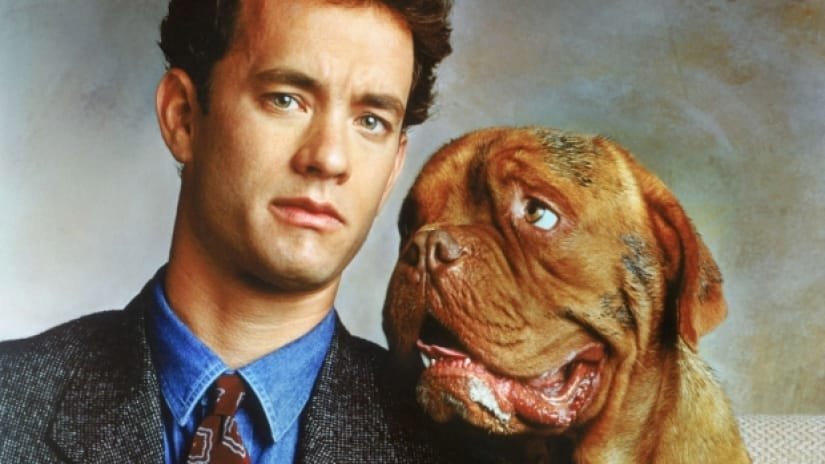Dogs and Heroes Don’t Dress Up Chapter 4 Don’t Dress Up doesn’t just continue the story—it elevates it. This chapter shifts from the foundational setup of the previous chapters into emotionally rich territory. We see more of the characters’ inner lives—especially the emotional connection between the dog, Max, and the wounded ex-soldier, Jamie. What began as a simple story about a man and his dog has now evolved into a layered exploration of trauma, trust, and the quiet courage it takes to rebuild a life.
Unlike the earlier chapters, which introduced us to the world Jamie inhabits—a small town riddled with silent battles and quiet grief—Chapter 4 leans heavily into character development and emotional realism. Through understated dialogue and subtle actions, we start to grasp the true weight of the story’s themes.
If you’ve been reading up to this point, get ready. Chapter 4 will pull at your heartstrings in a way that feels both unexpected and deeply earned.
H2: Plot Recap – What Happens in Chapter 4
An Act of Bravery and a Quiet Breakdown
The chapter opens with a tense moment: a neighborhood child goes missing in the woods near the edge of town. Panic spreads fast, and while the local authorities fumble through protocol, Jamie and Max spring into action. What follows is a scene that blends suspense with raw emotion. Max’s instincts lead them to the child, and Jamie’s calm under pressure reveals a version of himself he thought was lost forever—the hero, the leader, the protector.
But heroism comes at a price. After the child is safe and the town celebrates his brave act, Jamie retreats to his cabin, overwhelmed. It’s here we witness one of the chapter’s most powerful moments: Jamie breaking down, alone—until Max gently places his head on his lap. No dialogue, no dramatic speech—just presence. Just a dog and a man holding space for each other.
H2: Character Development – Jamie and Max’s Evolving Bond
From Survival to Trust
Up until now, Jamie has kept Max at a distance—feeding him, sheltering him, but never truly letting him in. In Chapter 4, that wall begins to crumble. The rescue mission becomes more than just a community service—it becomes a metaphor for Jamie rescuing parts of himself he thought were beyond saving.
Max isn’t just a pet in this story. He’s a mirror. A reminder. A lifeline.
There’s a beautiful symmetry to their relationship. Max was abandoned, just like Jamie feels emotionally abandoned by the system that sent him to war. They’re both survivors, and through each other, they start to rebuild what was broken.
This chapter showcases how trauma doesn’t always look loud or dramatic. Sometimes, it’s quiet avoidance. But Max’s constant presence—his quiet loyalty—chips away at Jamie’s defenses in the most profound way.
H2: Themes – Loyalty, PTSD, and Redemption
The Invisible Battle
Chapter 4 does an incredible job of illustrating the inner war many veterans face long after combat. Jamie’s anxiety, his reluctance to be celebrated, and his instinct to isolate all point to deeper wounds—wounds that don’t show up on X-rays.
The chapter treats PTSD with care and realism. There’s no dramatic breakdown or flashback montage. Instead, we see it in the small things—Jamie flinching at a sound, hesitating before accepting help, needing space after being praised. It’s subtle, but honest.
Max’s role here becomes therapeutic. Not as a trained service animal, but simply as a being that doesn’t demand explanations or apologies. His presence offers something medicine and therapy often can’t—unconditional, wordless companionship.


